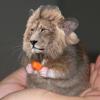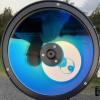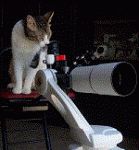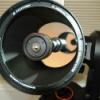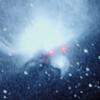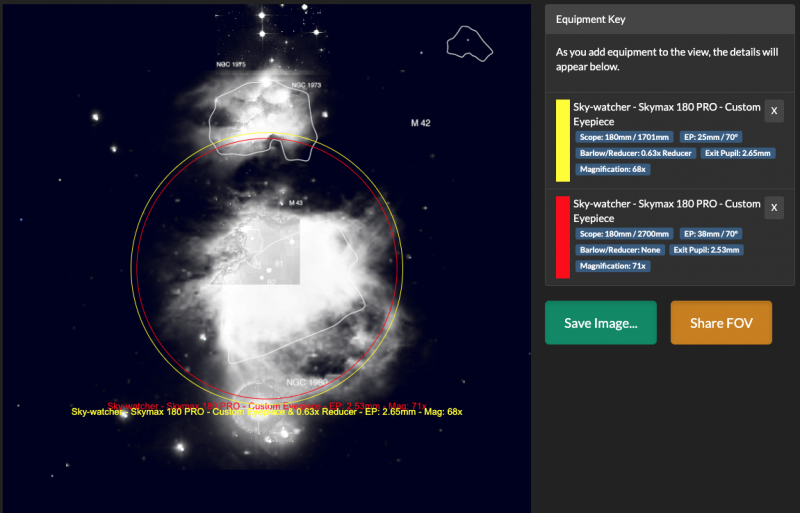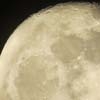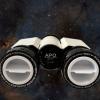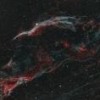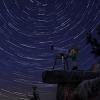I have actually never looked at the Orion Nebula with any telescope. Only with about 30 different binoculars over the years. Now I would like to take a closer look.
I am gearing up to look at it as well as planets and the moon this winter. I got the Skywatcher 180m Mak with 2" dielectric mirror diagonal. Mak is of the newer kind with 33mm baffle opening and oversized primary. I have 8.8mm, 11mm, 14mm, and 25mm eyepieces of 70°-82° kind.
My question is:
Considering the shape/size of nebula is so broad, and my seeing from the city is rarely good (but it ok sometimes and I do go for it) and the scope has pretty narrow field of view, where does it leave me for maybe best view of it?
Which is the widest 2" eyepiece that will take most advantage of the baffle without getting waisted in vignetting?
I gathered this much so far but im not sure if they are too wide for my scope.
- Williams Optics SWAN 40mm 72°
- Agena SWA 38mm 70°
Any thoughts or specific recommendations from your experience? S
Should I consider a filter?
Thanks
p.s.
Budget is between $100-$200 in new or good used selections.
Edited by Milos1977, 29 September 2020 - 10:07 AM.





